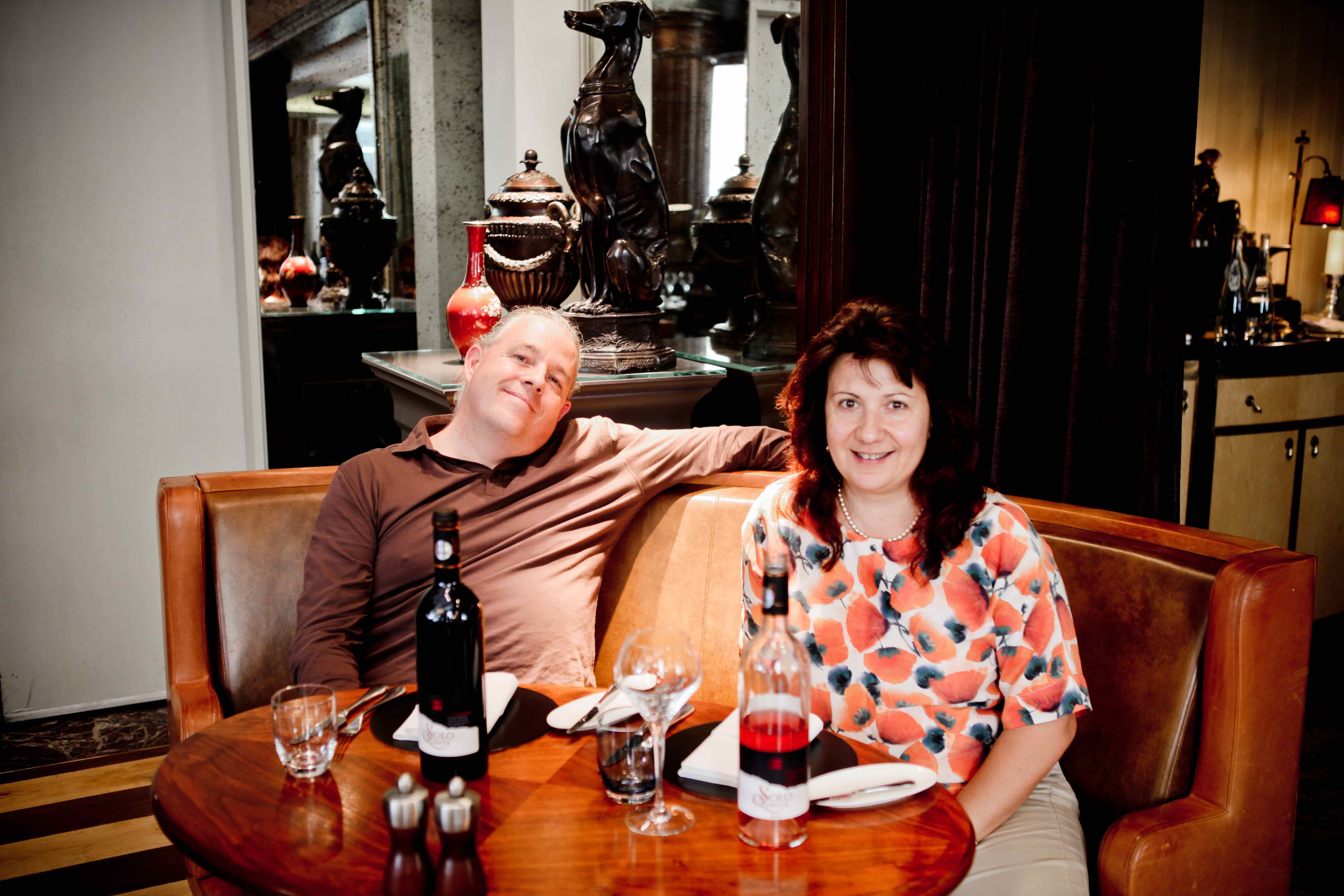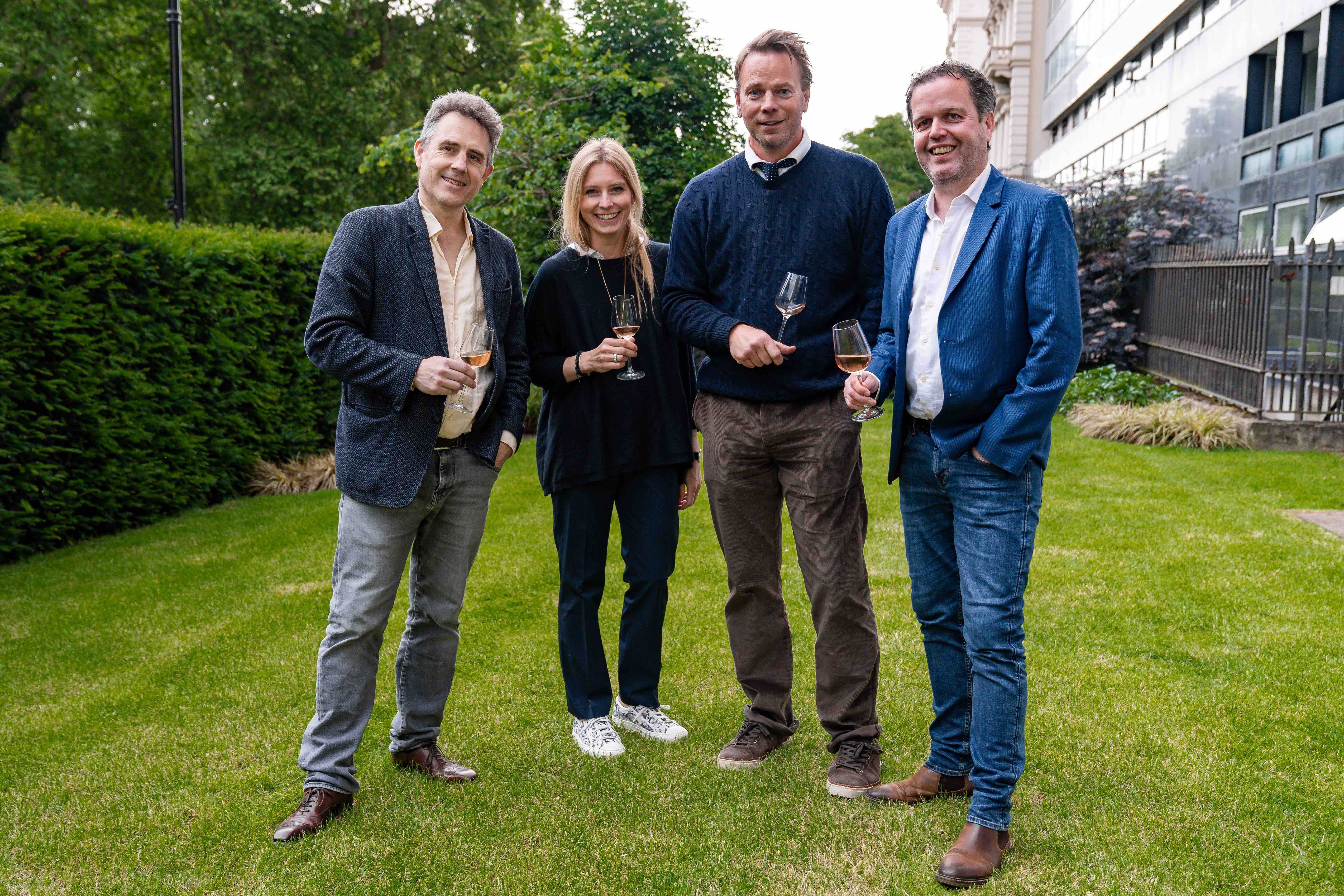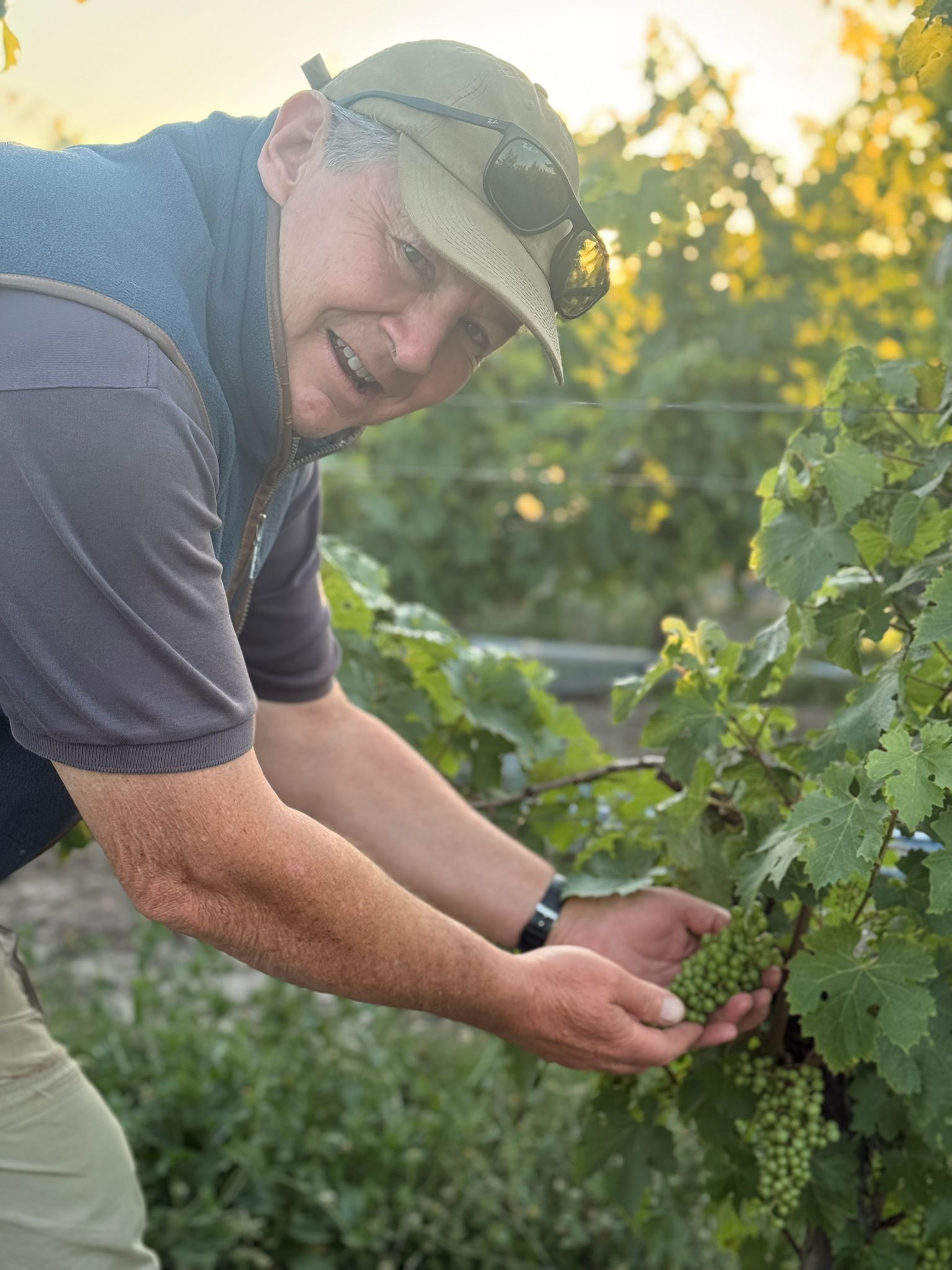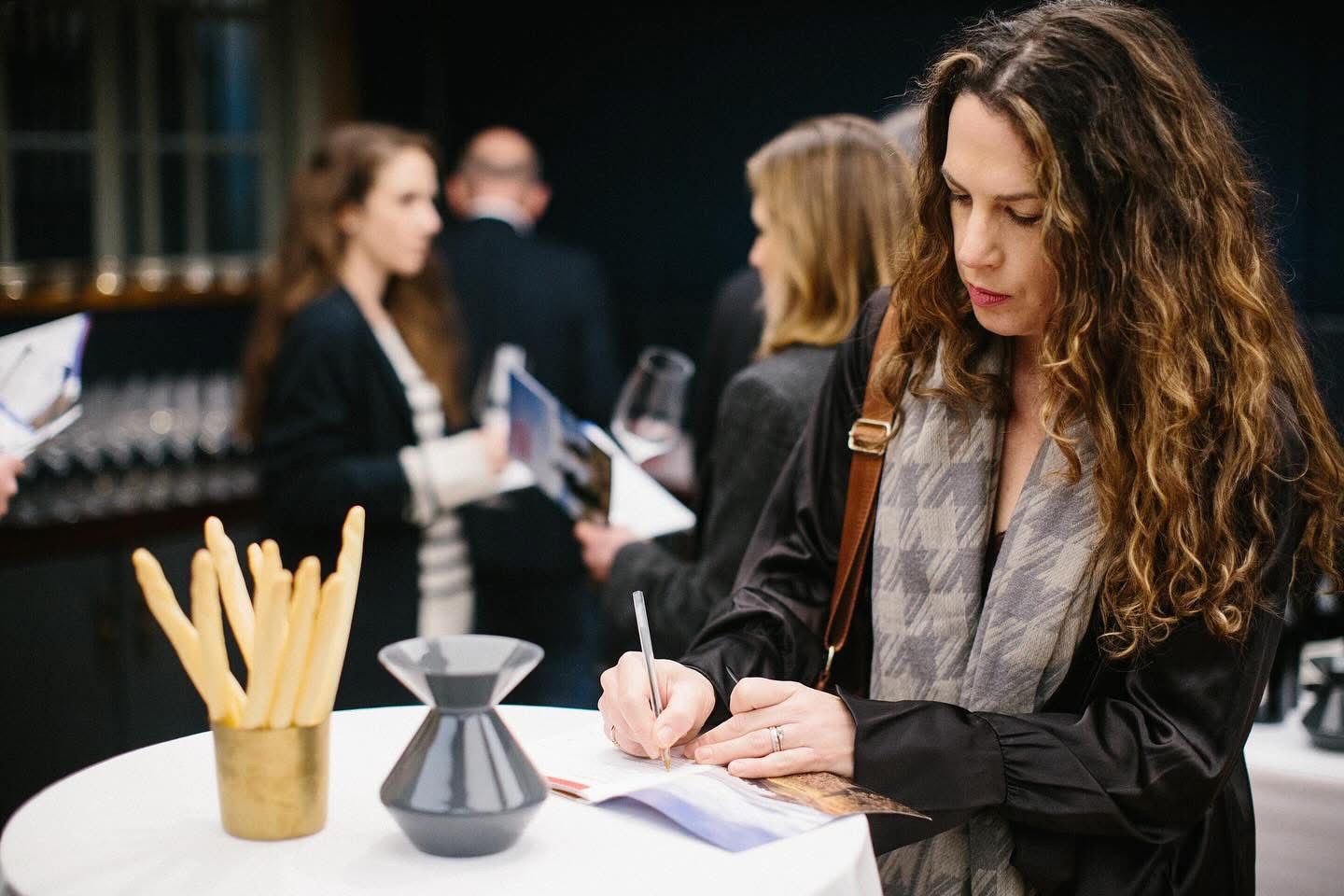Romania’s Cramele Recas is actively marketing itself as a producer of premium wines in order to try and change perceptions in the on trade
You’ve got to hand it to Philip Cox, commercial director and co-owner of Anglo-Romanian winemaker Cramele Recas, he’s a very canny fellow. Entering the drinks business as a beer salesman in Germany 30 years ago, he now finds himself in the driving seat of one of the largest wineries in Eastern Europe if not all of Europe.
Being based in Romania, a country that is ideally positioned geographically (on the same latitude as Bordeaux) and financially to make huge strides in the world wine market, has also allowed him to grow the business exponentially on the back of easy drinking, fruit-driven, value conscious wine for both the on and off trade. Making wine is ten times cheaper in Romania than it is in Italy, a factor behind Cramele Recas producing the UK’s best-selling Pinot Grigio that is released under a variety of labels. As with a lot of wine from Hungary and Romania, its origin is not always apparent on the front label.
Moving from mass production to premium
The challenge for Cox, now, is growing the premium side of the business. In the past five years alone there have been 100 brand new wineries opened in Romania and they are all aiming to do premium.

The scale of the 980 hectare estate is hugely impressive
As far as scale and mass production goes Cramele Recas has it in spades: they produce 12-13 million bottles of wine a year, with capacity to go to 20 million; they make 68 different types of wine across 300 labels using 21 different grape varieties; they turn over €30 million pa, making them Romania’s second largest winery and they export a third of their wine to the UK, making them the largest Romanian winery in export terms.
From buying the winery off the Romanian government for $1 million, they have invested heavily on improvements and grown the winery to 980 hectares.
As far as bulk entry level and mid-market wines go, then, Cramele has a business model the envy of many, helped by Philip’s seven years working on Black Tower for Reh Kenderman. At Cramele Recas there is one head winemaker Australian Hartley Smithers who oversees a team led by two other winemakers, Nora Iriarte from the Basque Country and local Florin Voloaua.
Between July and January the team works on the blends from an enormous range of international and local grapes: Merlot, Pinot Noir, Cabernet Franc, Syrah, Negru de Dragasani, Novac, Acalon, Cabernet Dorsa, Zweigelt, Cadarcă, Chardonnay, Sauvignon Blanc, Fetească Regală, Fetească Albă, Pinot Gris, Viognier, Muscat Ottonel, Furmint, Riesling Italian and Riesling de Rin.

Cramele Recas has invested heavily in technology and now has capacity to bottle 20 million bottles a year
Once the blends are made the team, led by Cox, starts determining which labels will go on wines for the 25 countries they export to. The 500,000 bottles of Pinot Noir, for example, that they export to the UK comes in 20 different labels exclusive to the likes of Greene King, Matthew Clarke and Whyte and Mackay and numerous supermarkets “Which means they can disguise how much money they make,” Cox says with a smile. “In a supermarket the same wine can be found for £4.99 but £8.99 in another outlet under different labels.”
Cox is proud of his Pinot Noir, particularly in how it has allowed the on trade to serve it by the glass “We’ve created our own market segment by doing this,” he adds. Mitchells & Butler, Alliance Wines, Tanners, Adnams, St Austell and Forth Wine also import to the UK on-trade.
Cox’s strategy for developing premium wine has been to use the mass produced wines as a foothold into the market and then to build on that momentum with higher end wines. The 30,000 hectares that have been re-planted in Romania and the potential for more exporters means that the potential is there for Romania to get recognised as producing more than just bulk wine.
Cox is therefore embarking on a prolonged marketing push to change the hearts and minds of the trade who he believes are more conservative than the consumer, and also teaming up with Local Wine Schools in the UK to help educate customers.
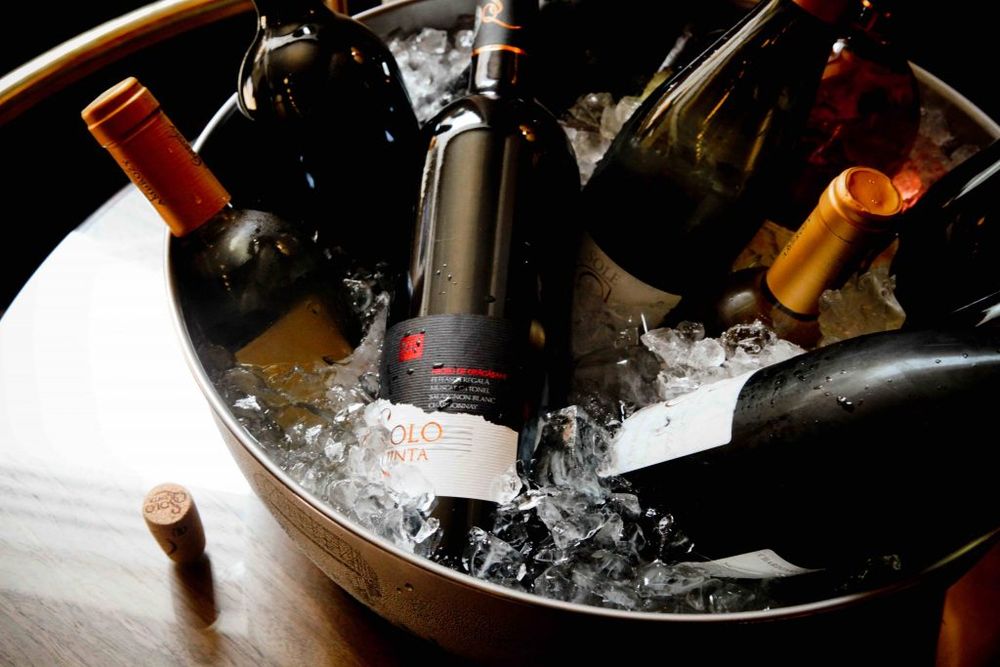
Tasting the premium wines of Cramele Recas
Lunching with Cox at London’s The Balcon on the Strand, he shows a variety of his wines that best reflect the premium end of his portfolio.
Here is my pick of the bunch:
Solo Quinta white blend, 2015
A quality blend of five grapes – Chardonnay (60%), Feteasca Regala (15%) Muscat Ottonel (16%), Sauvignon Blanc (4%) and Negru de Dragasani (2%) – this is a rich dry white wine that is given complexity by the Negru de Dragasani and a grip in the finish by the Feteasca Regala. It is not for nothing that this has won prizes internationally. We paired it with a starter of charred leeks, parmesan polenta and truffled egg yolk – the tropical notes of pineapple and light red fruits in the wine came through and made it a good pairing.
La Putere Feteasca Neagra 2015
My favourite of the reds was this spice bomb. Made from 100% local grape Feteasca Neagra it punches well above its weight and comes heartily recommended. We paired it with confit of duck but this would be a good match for Indian and other spicy foods. It has seen a lot of oak and it is 14.5% alcohol but you wouldn’t know it. What is so impressive is the acidity which gives the wine real structure and a brightness through the layers of rich red fruit. Then comes the wonderfully long, spicy finish.
Conacul Ambrozy dessert wine 2013
Making a stickie out of Sauvignon Blanc is a masterstroke with this more-ish dessert wine. There is an unctuousness, for sure, but it is fresher and lighter on its feet than you would get, say, in a Bordeaux dessert blend. There is no hint of oxidisation, no cloyingness on the back palate, and it is far less syrupy. The notes are flowers, fresh fruits (melons, pears) with rich honey undertones. The high acidity keeps it all in check. We paired it with yoghurt panna cotta and fresh raspberries. A real find.
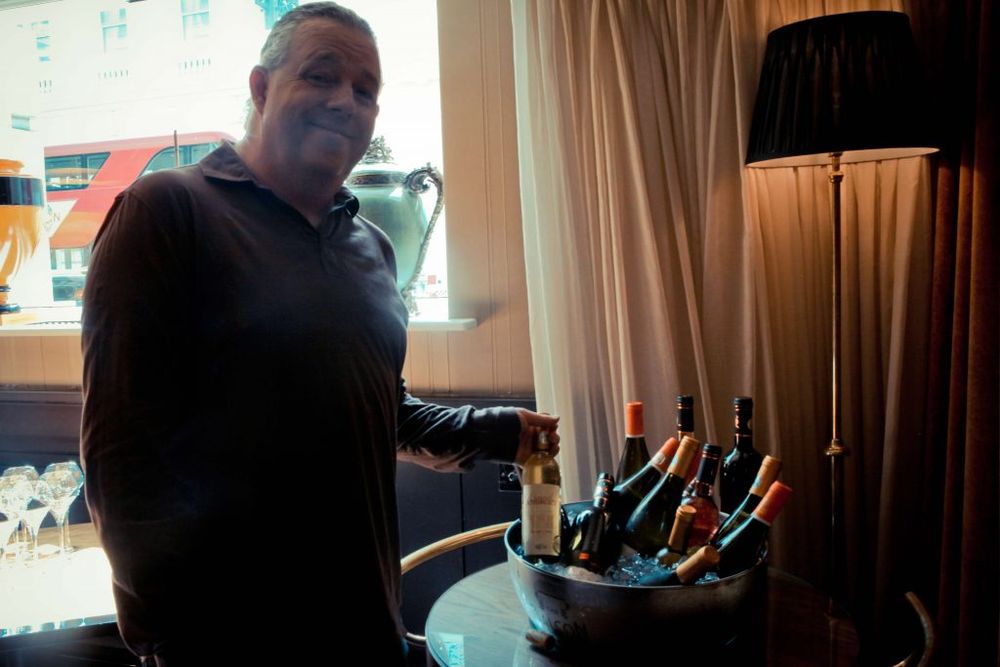
Philip Cox looking rather pleased with himself with his top Sauvignon Blanc dessert wine
